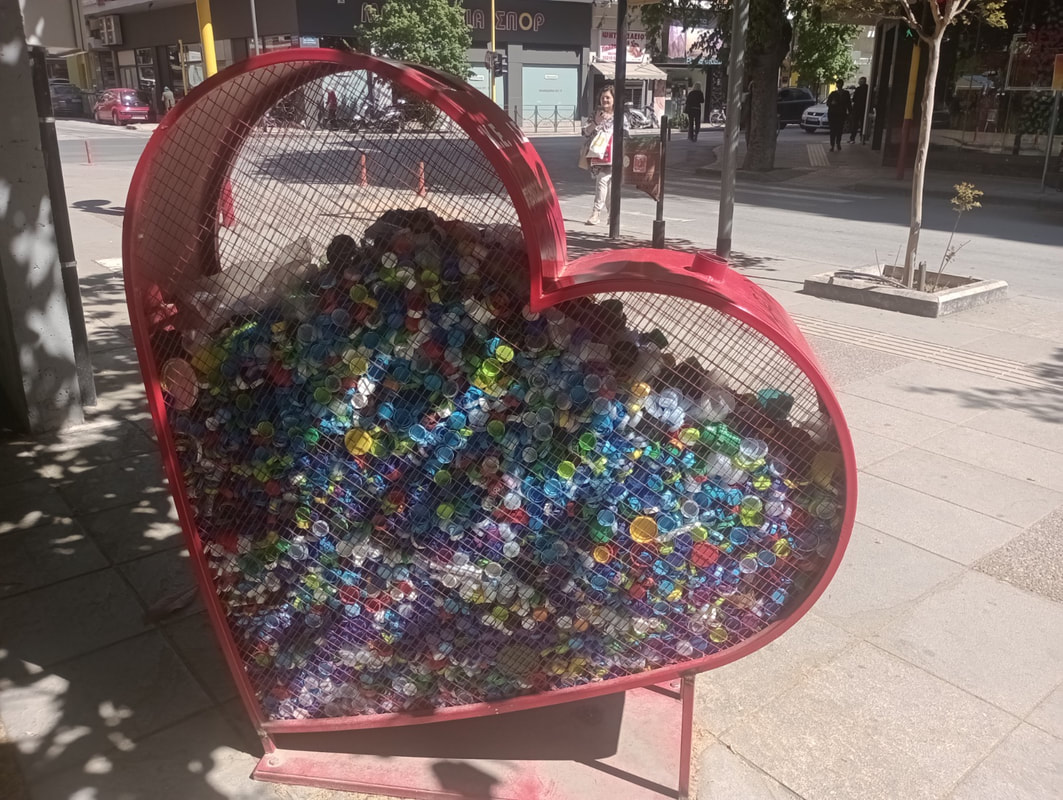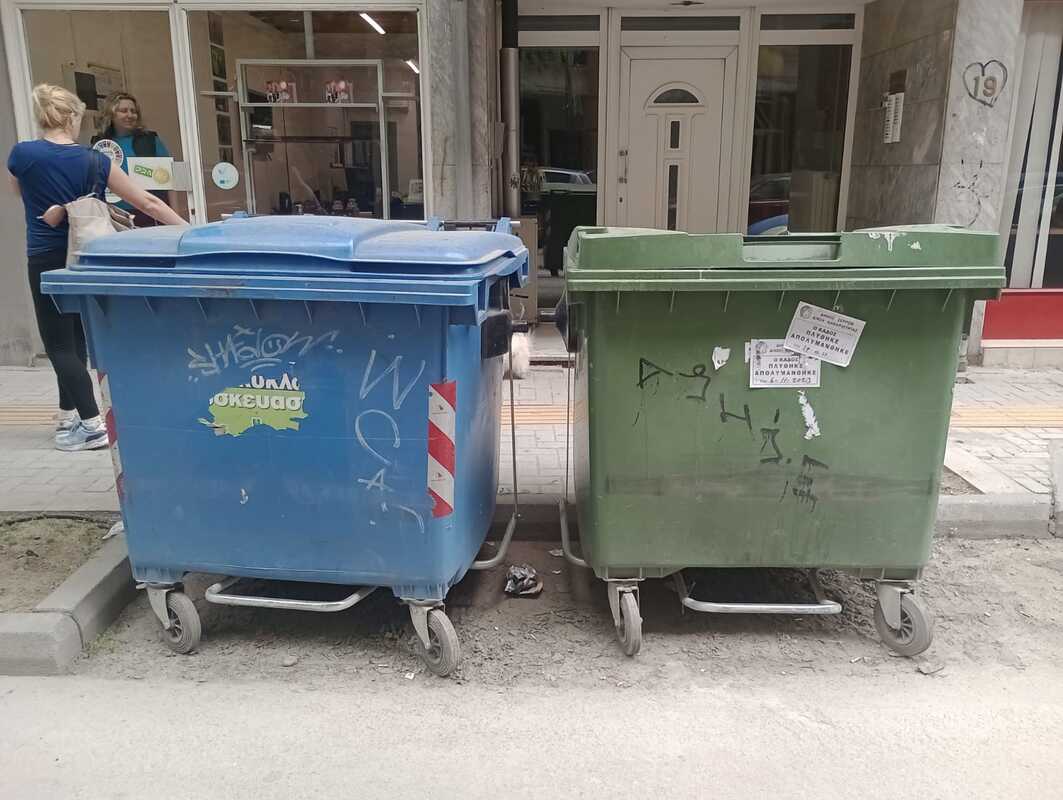Spanish comes from Latin, just like Portuguese, Galician, Catalan, Occitane, French, Italian, Romanian and others. It is, nowadays, the second language of the world by number of native speakers, after Mandarin Chinese, and the fourth language of the world by number of global users, after English, Mandarin Chinese and Hindi.
Spanish originated around the IXth century AD, coming mainly from the Castilian Romance dialect, one of the derivatives of Vulgar Latin, specifically the one developed in the medieval county of Castile. That is why the language was originally called Castilian (it was associated to the County of Castile and afterwards to the Kingdom of Castile) and why today it is still called Castilian Language, taught as a subject in the Spanish schools. Moreover, the Royal Spanish Academy (RAE), despite saying Spanish and Castilian are both valid to name the language, considers the term Spanish is more appropriate for the common language of almost 500 million people around the world as of 2023, relegating the term Castilian to identify the dialect of the language spoken in some regions of Spain.
RAE stands for “Real Academia Española”, which is the oldest language institution in the Hispanic world. There is a total of 23 academies regulating the use of Spanish language, all under the coordination of the Association of Academies of Spanish Language (ASALE, Asociación de Academias de la Lengua Española).
As an official language, we find 21 countries around the world that gives Spanish this status, with Mexico being the most populated Spanish-speaking country as well as the country with more Spanish native speakers. Spain is only the third most populated, after Mexico and Colombia, and the fourth by native speakers’ number, after Mexico, Colombia and Argentina (as of 2023, Argentina had around 1 million of people less than Spain, but it had 6.7% more of native speakers).
23 countries have a Spanish language academy, starting with Spain, followed, from oldest to newest, by Colombia, Ecuador, Mexico, El Salvador, Venezuela, Chile, Peru, Guatemala, Costa Rica, Philippines, Panama, Cuba, Paraguay, Bolivia, Dominican Republic, Nicaragua, Argentina, Uruguay, Honduras, Puerto Rico, United States of America and finally Equatorial Guinea.
21 countries hold Spanish as an official language. Here there are, sorted from the most populated to the least: Mexico, Colombia, Spain, Argentina, Venezuela, Peru, Chile, Guatemala, Ecuador, Bolivia, Cuba, Dominican Republic, Honduras, Paraguay, Nicaragua, El Salvador, Costa Rica, Panama, Uruguay, Puerto Rico, Equatorial Guinea.
Tengan un buen día.
Hasta pronto,


